When it comes to China’s top mountains and rivers, Guilin, which has been popular in the tourism industry for hundreds of years, has long been popular among the people.
Indeed, it is hard not to be beautiful in places with karst landforms.
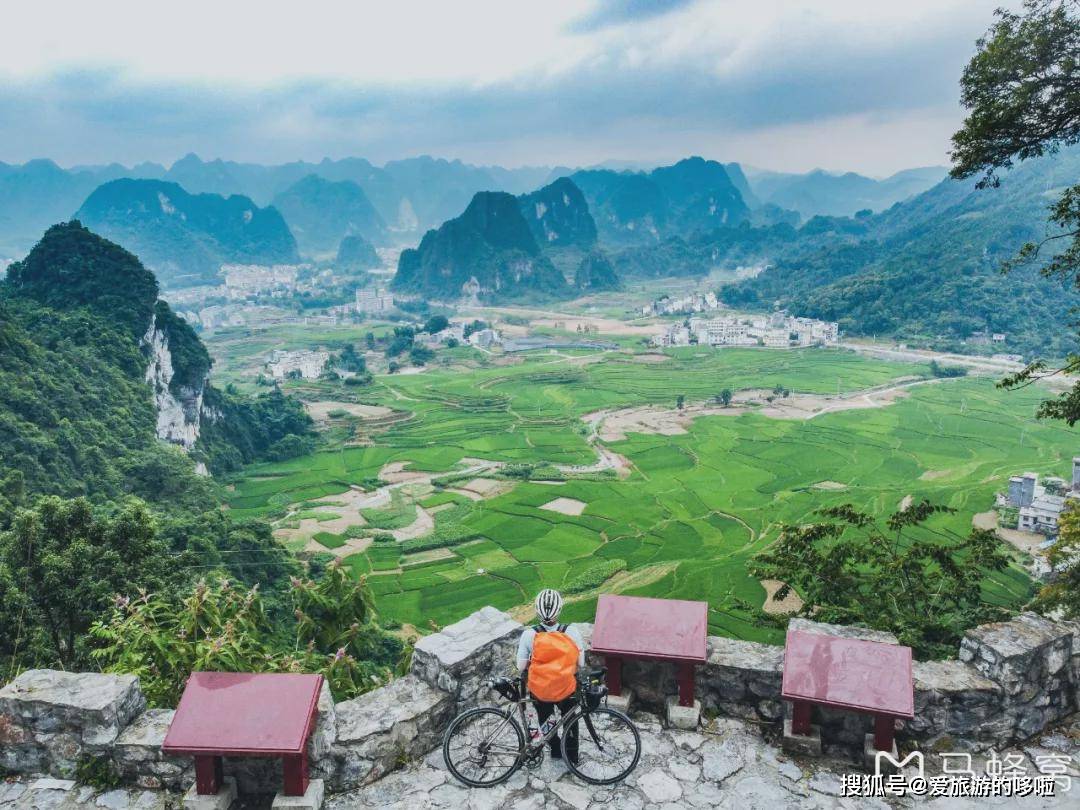
As the traveler’s footsteps get deeper, everyone finds that most of the autonomous regions are covered by karst landforms. Guangxi In fact, the mountains and rivers that are more beautiful than Guilin actually have “mountains”!
What is Karst?
The professional term for karst landforms is actually “karst landforms”, that is, the general term for the surface and underground forms formed by the dissolution of soluble rocks by water with dissolving power.
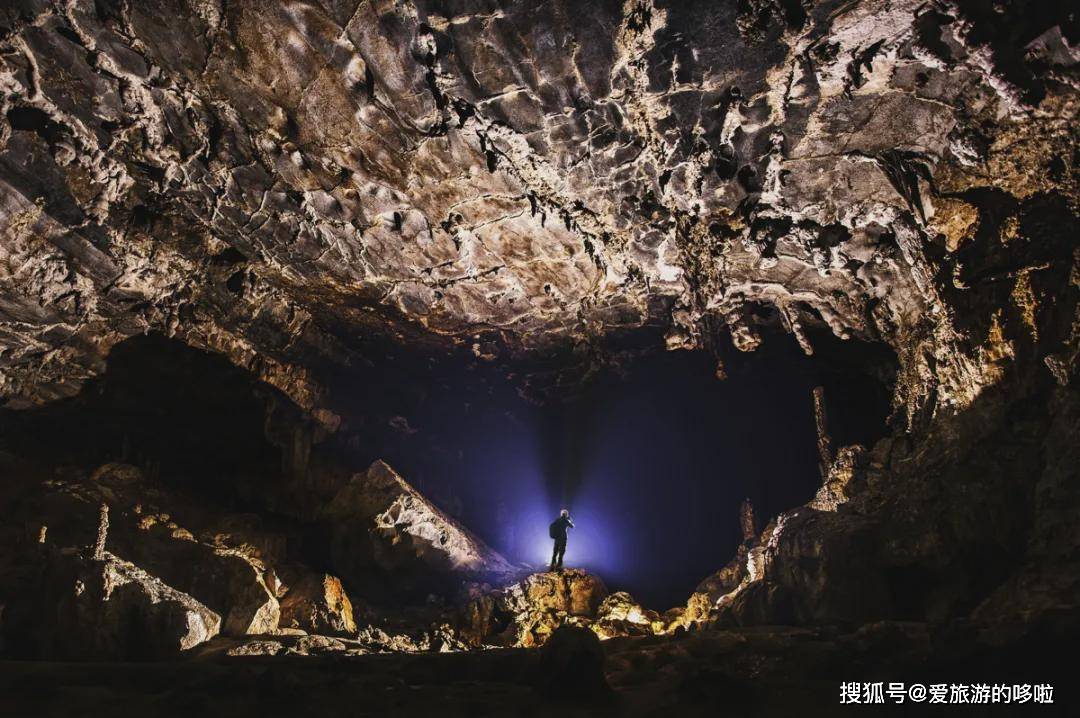
It sounds convoluted, but when it comes to the scenery we can encounter during our travels, those that are enough to amaze us Peak forest, Tiankeng, karst cave, underground river, waterfall Wait, most of them are created by this landform, especially in Guangxi, where the highly developed karst landform will always be the absolute protagonist.
Baise
Baise, who has successfully broken the circle because of the “Roasted Pig Eyes” in the gourmet documentary “A Skewer of Life”, has Jingxi, Leye The area where the two great geological wonders gather can be called the most amazing place among the “Big Three Karsts” in Guangxi except Guilin.
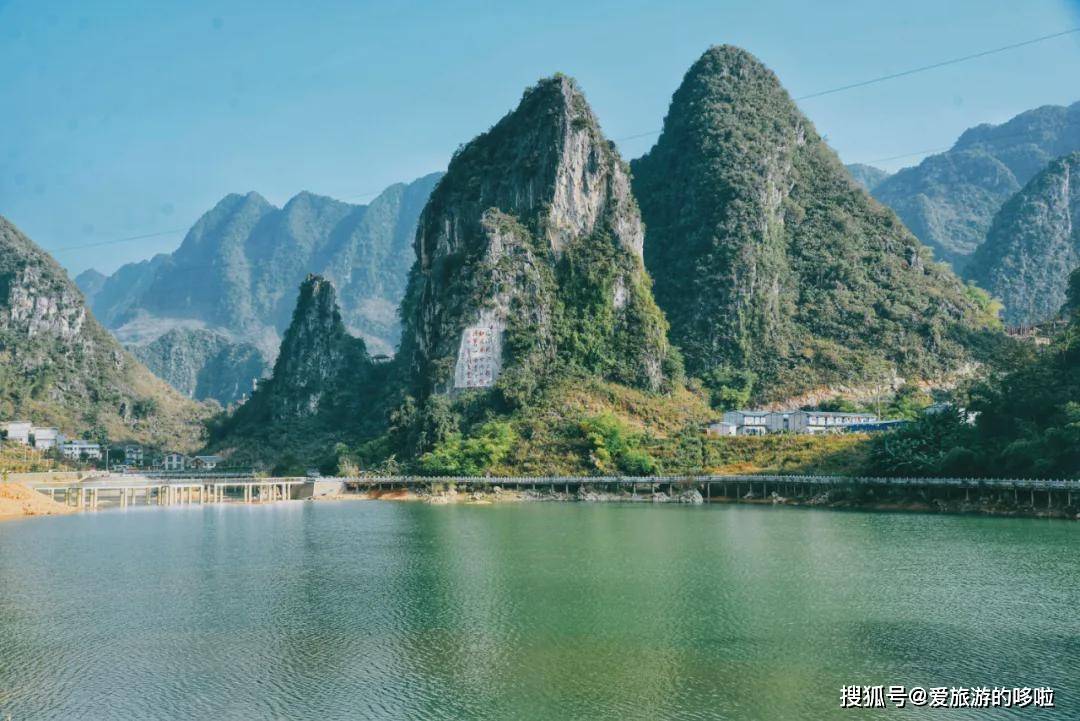
// Aibu Waterfalls //
In Jingxi County, the beauty of the number of waterfalls formed by the topography is difficult to describe in words, and more importantly, most of the scenery here does not require tickets!
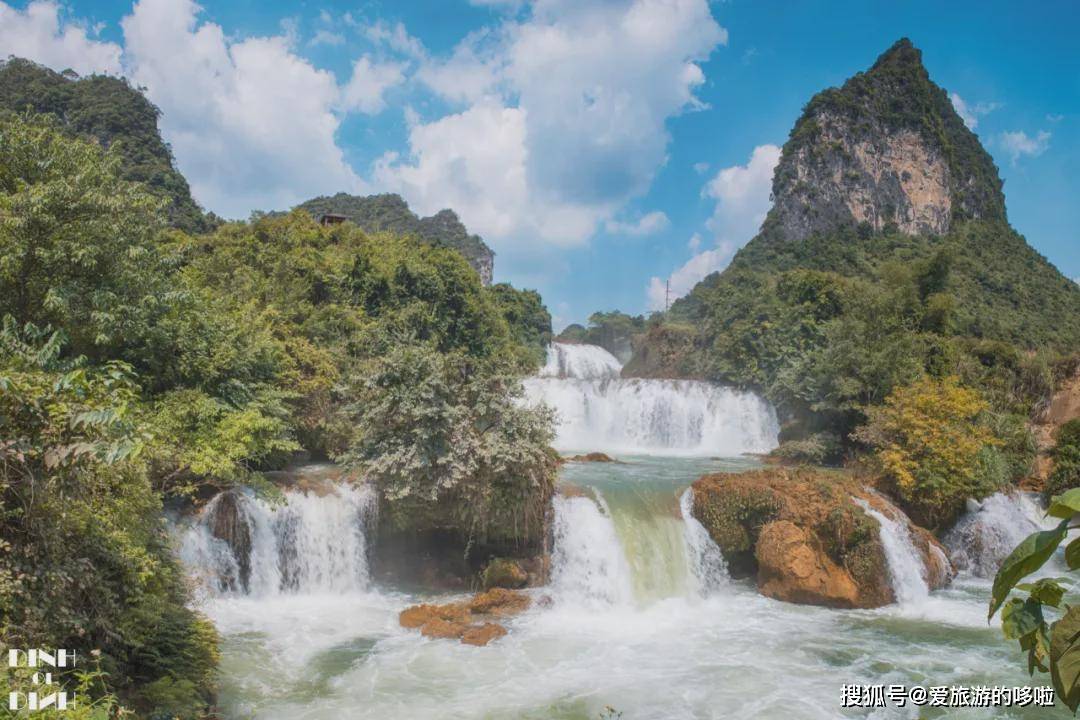
Aibu Waterfalls is the most anticipated place. The source of the waterfall is the confluence of the Longtan River and Equan River, which became the largest river in Jingxi. Due to the changeable mountain topography, the large topographical drop, and the rapid beaches, many large and small rivers have formed along the river in Aibu. Waterfall group.
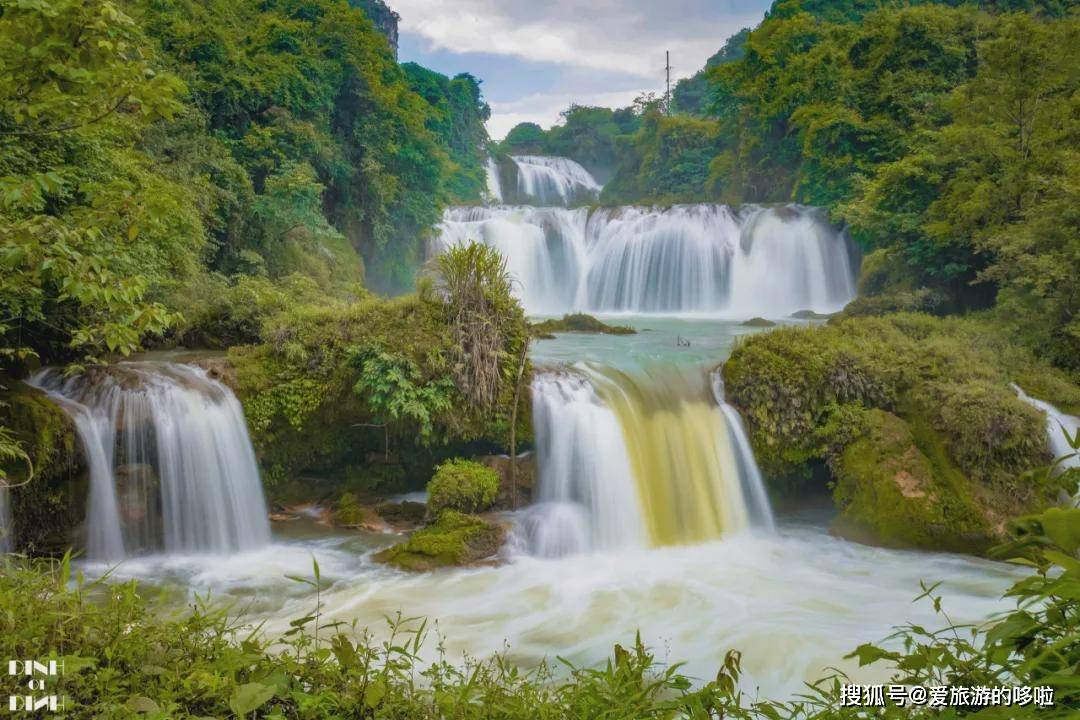
The main body is several beautiful and magnificent waterfalls such as Aibu, Matun, and Huize, which are only 600 meters apart, with distinct layers and extraordinary beauty.

// Psychic Grand Canyon //
The Tongling Grand Canyon is also one of the most famous natural scenery in Jingxi. The canyon is connected by Tongling Gorge, Nianba Gorge, underground rivers and tunnels, and it feels like exploring the unknown world while walking.

The canyon was originally a blind valley. Affected by geological movement, the top of the blind valley collapsed, forming a large skylight, surrounded by steep cliffs and spectacular momentum. The canyon presents a vigorous and vigorous scene, where many rare primitive plants grow wildly.
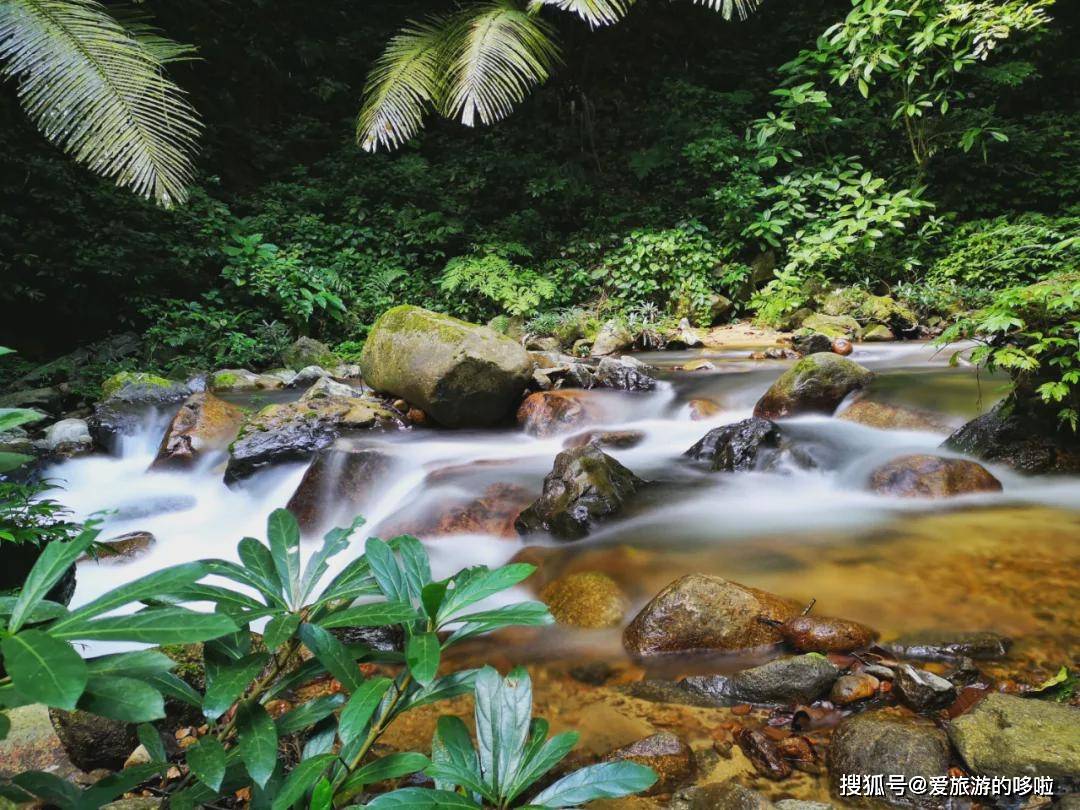
With a drop of 188 meters and the highest single-level drop in Asia, the psychic waterfall suddenly appeared, and the huge water potential gradually disappeared in the mountain, mysterious and shocking.

In addition, the “Ishii Cave Sky” is also a major feature of the canyon. In a valley, you can see ancient cliff burials, ancient stone ramparts, waterfalls in the cave, underground rivers, canyon streams, as well as wonderfully shaped stalactites and underground springs. Other landscapes can be called a karst museum.
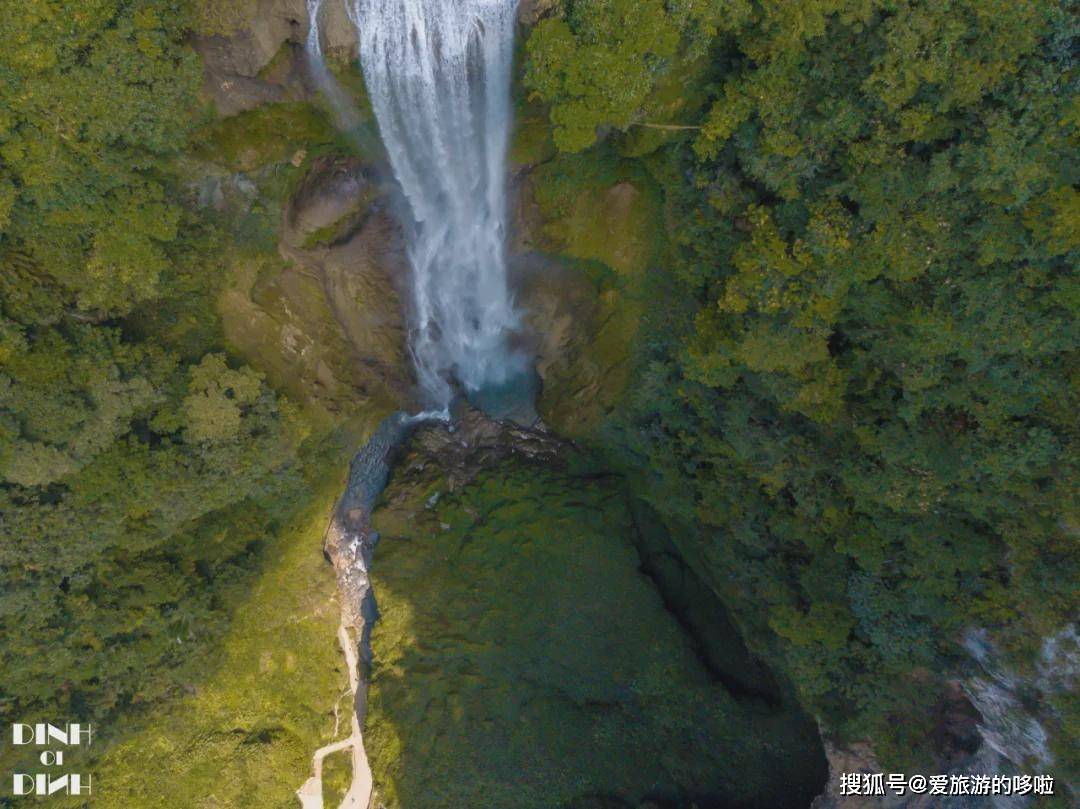
// Sandie Ridge Waterfall //
On the way to Jiuzhou from the Tongling Grand Canyon, you will encounter Sandieling Waterfall. This waterfall, praised by the ancients as having the appearance of “the stars falling down nine days”, is like strips of jade falling down from the sky.

In the rainy season, when the water is full, the waterfall shook for several miles, splashing like smoke and mist, floating up to a hundred meters away, but its beauty is still highlighted by “show”. What is even more rare is to park the car on the side of the road. You can see the full view of Sandieling Waterfall from a distance, and it is already very pleasant to see such a spectacle on the side of the road.

// Erlang Waterfall //
In the Erlang Waterfall in the mountains, the multi-level waterfall group presents another different beauty. Compared with Aibu Waterfall, Erlang Waterfall has a slightly higher drop, but the water flow is slower, and it will show different effects when the upstream water volume is different.
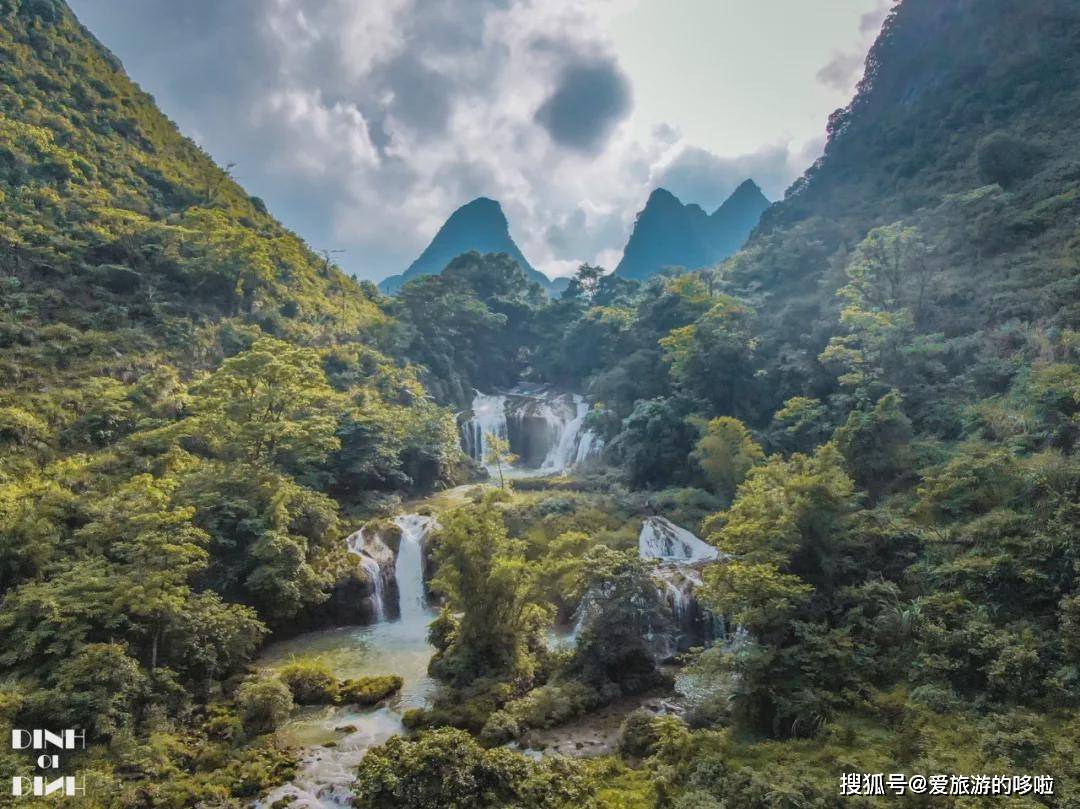
The waterfall is located in the middle of the two mountains, and there is a Longmen stone arch bridge above. The water surface under the bridge is slightly open, and the water flow is still not slow.
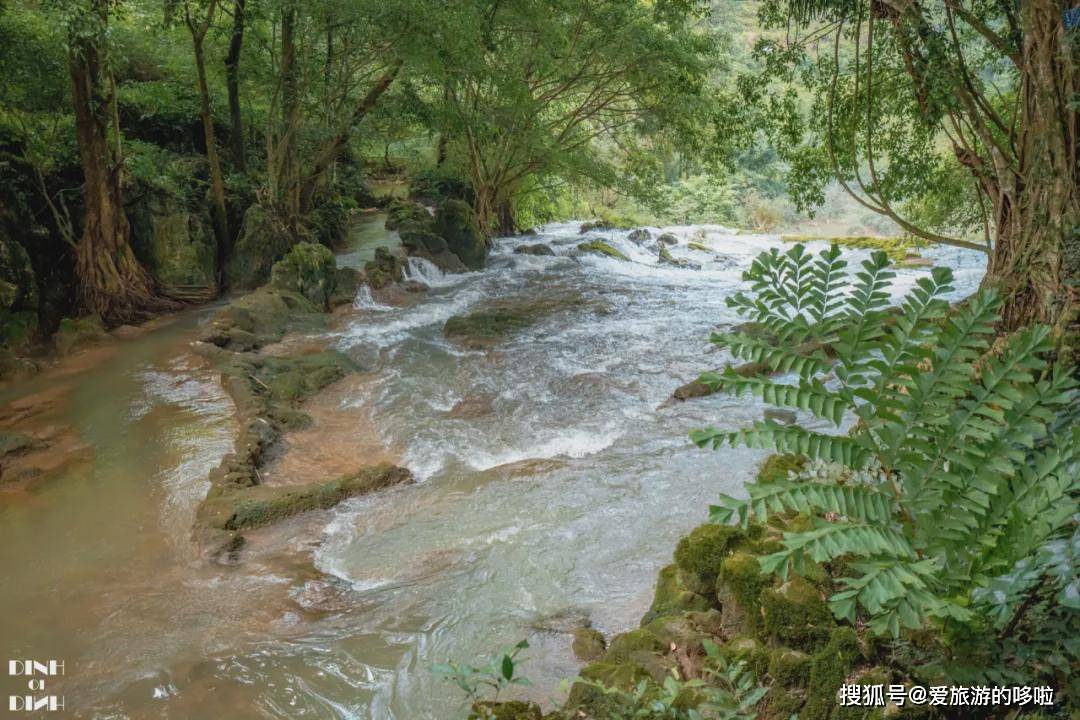
Under the cover of dense vegetation on both sides, the turbulent water surface glows with white light, making it feel like a secret place among people.

// Equan //
Equan, one of the three famous springs in the southwest, not only has beautiful water color, but also has important significance to Guangxi.
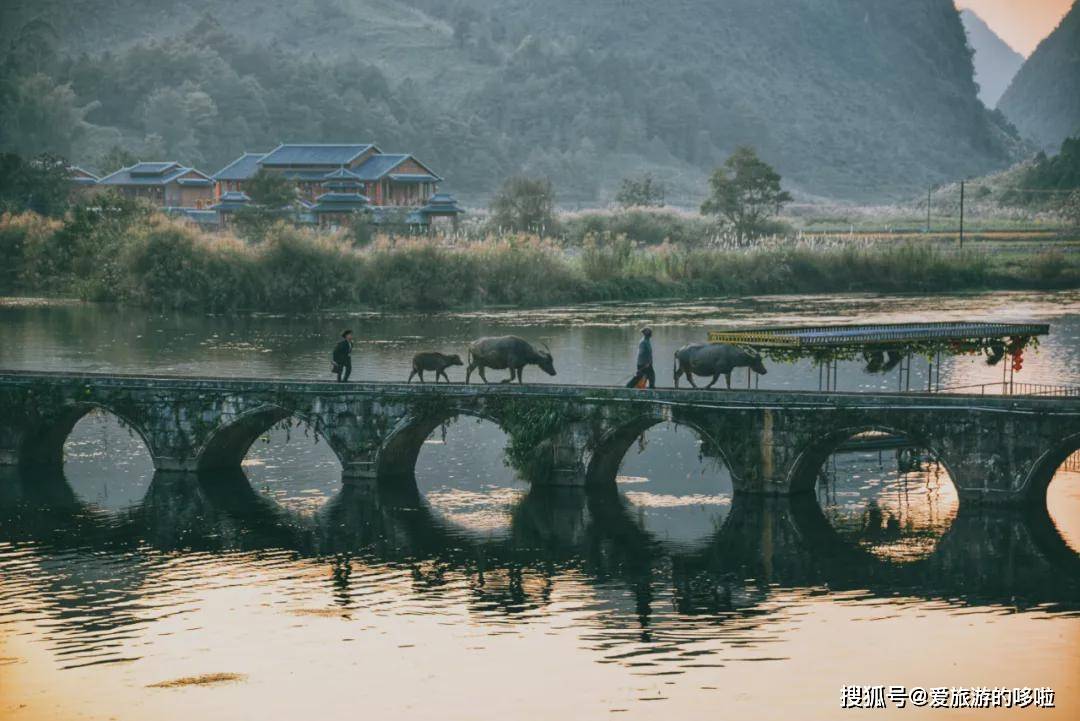
Equan is the source of Detian Waterfall, the largest transnational waterfall in Asia. The river that originated here has also become an important source of water for many waterfalls. Of course, Equan itself is also extremely beautiful.
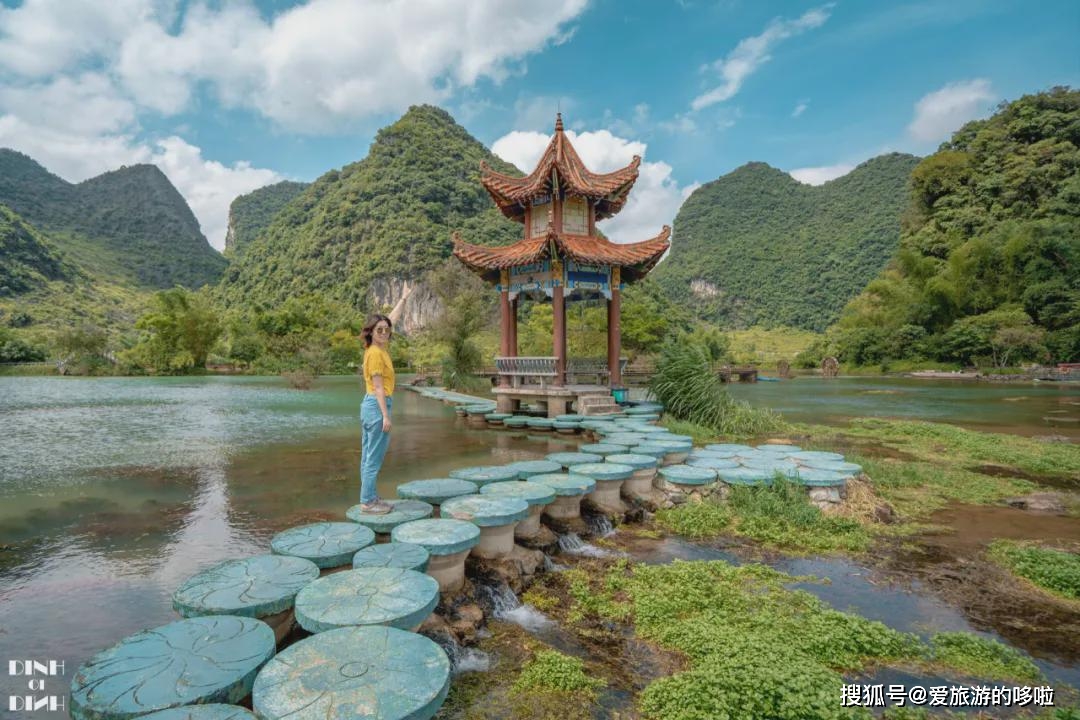
When it is calm and windless, distant mountains, trees, and white clouds all show their reflections in the goose spring.

The clear water of the spring is also amazing, the water is clear and the bottom is visible, and the swimming of water plants and fish is also clearly visible. The karst landforms are also peculiarly bluish from a distance. The beauty of the Equan landscape deserves more attention. .

// Quyang Lake //
Among the mountains composed of karst landforms, artificially constructed reservoirs and lakes can also have incomparable beauty.

Quyang Lake is such an artificial lake. There are more than 10 large and small peaks scattered in the lake, surrounded by rolling peaks, and the lake is a newly built cycling lane.
Ma honeycomb users @婷仔_dinhoidinh Described here as “the lake is full of blue waves, the farmland is a hundred acres on the shore, the sea of clouds in the sky is churning.”

Lakes, farmland, villages, karst hills, and the roads that connect everything together are an integral part of this painting. They are indispensable, and even standing in a daze by the lake is worthy of the passage of time.

// Old State //
Jiuzhou, 8 kilometers away from Jingxi County, is a microcosm of the landscape and pastoral landscape. It is known as the “living museum of the Zhuang people” and is also the hometown of hydrangea. Almost all local men, women and children can make hydrangea.
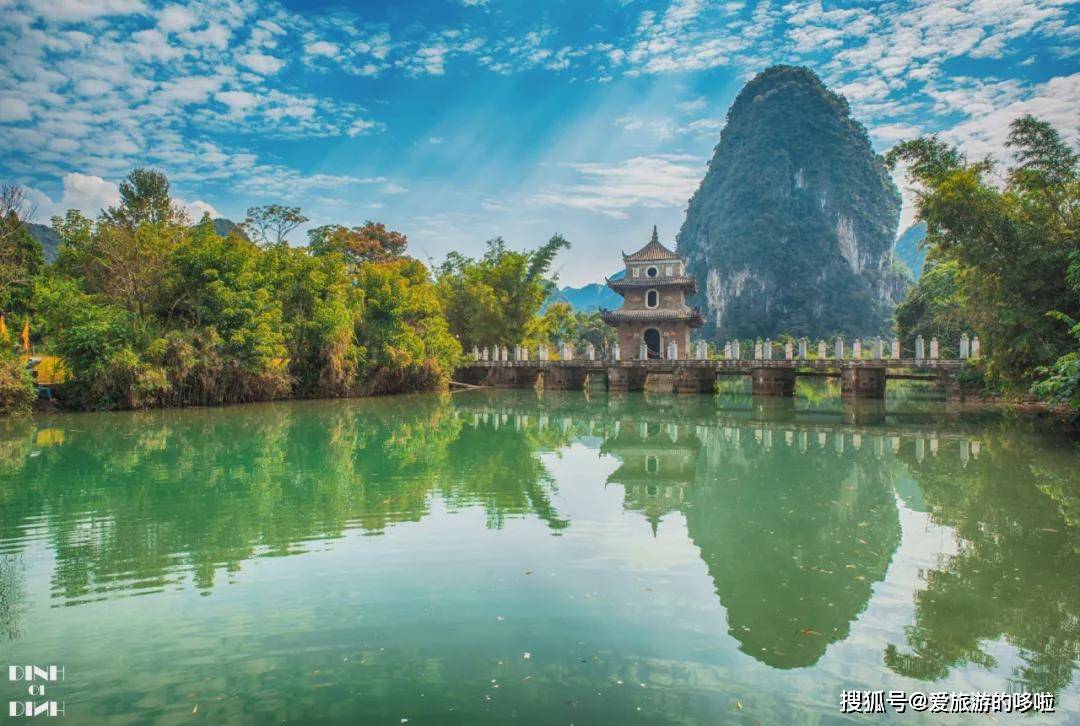
Strolling in the ancient town of Jiuzhou, on both sides are houses with unique Zhuang characteristics, blue-gray brick walls, wooden fences, and red lanterns hanging high under the eaves.
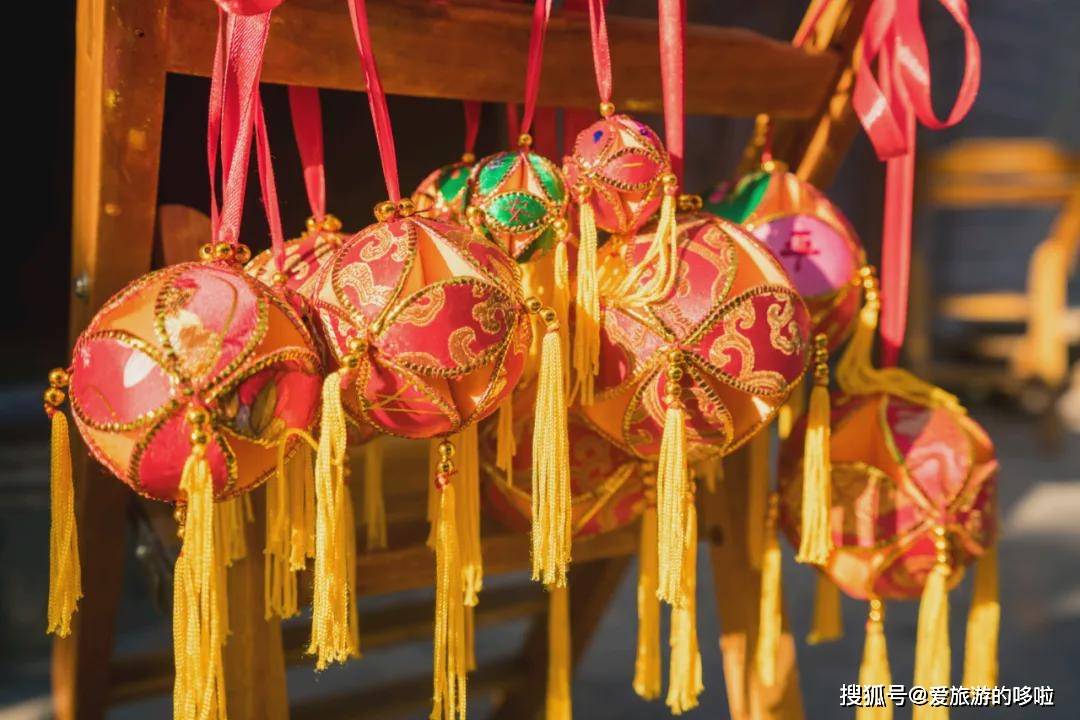
There is a sea of golden flowers outside the town, and behind the half-human sunflowers, the karst mountains seem to be softer.

// Yazawa Terraces //
People who have lived by the mountains for generations cannot do without the terraces. Guangxi has not only the Guilin Longji, but also the Bazae terraces on the border between China and Vietnam.
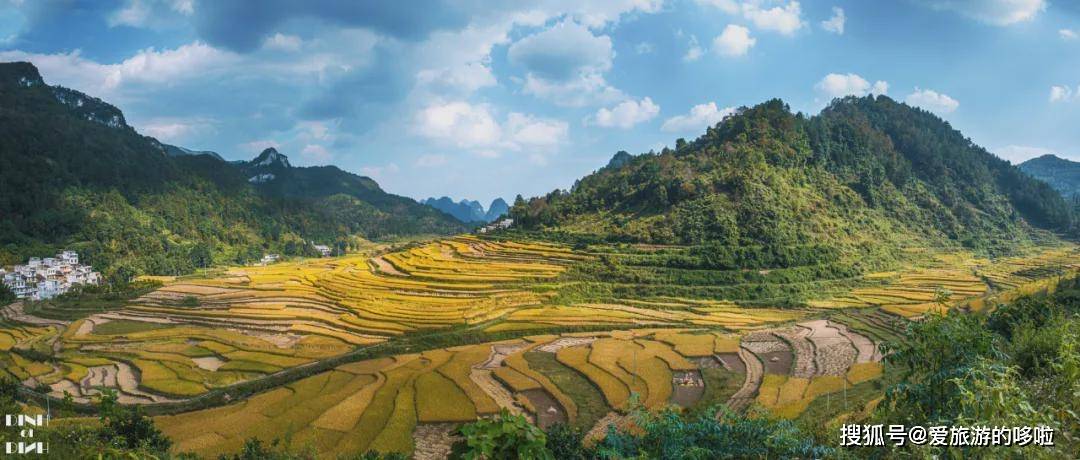
Compared with the Longji terraces, the Baze terraces are more graceful. Not all peaks and valleys are made up of terraces, but the lowlands are used as terraces, and the surrounding karst peaks maintain the original landscape.
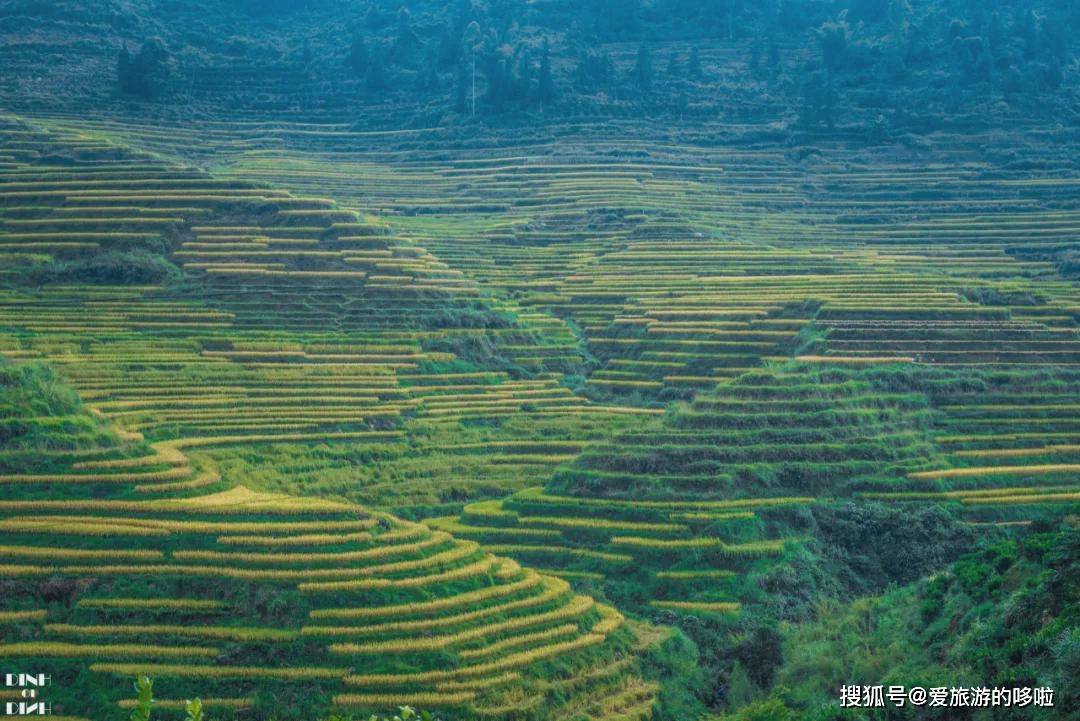
The terraced fields are harvested from September to October. Of course, you can go as early as possible. After the eleventh holiday, almost all the terraced fields have been harvested, and the landscape is greatly reduced.

// Dashiwei Tiankeng //
Let us move our sights from Jingxi, where there are dense waterfalls, to Leye. This small city known as the “tiankeng” is densely covered with 28 tiankeng wonders within 20 square kilometers. Looking at the world, there is no rival.
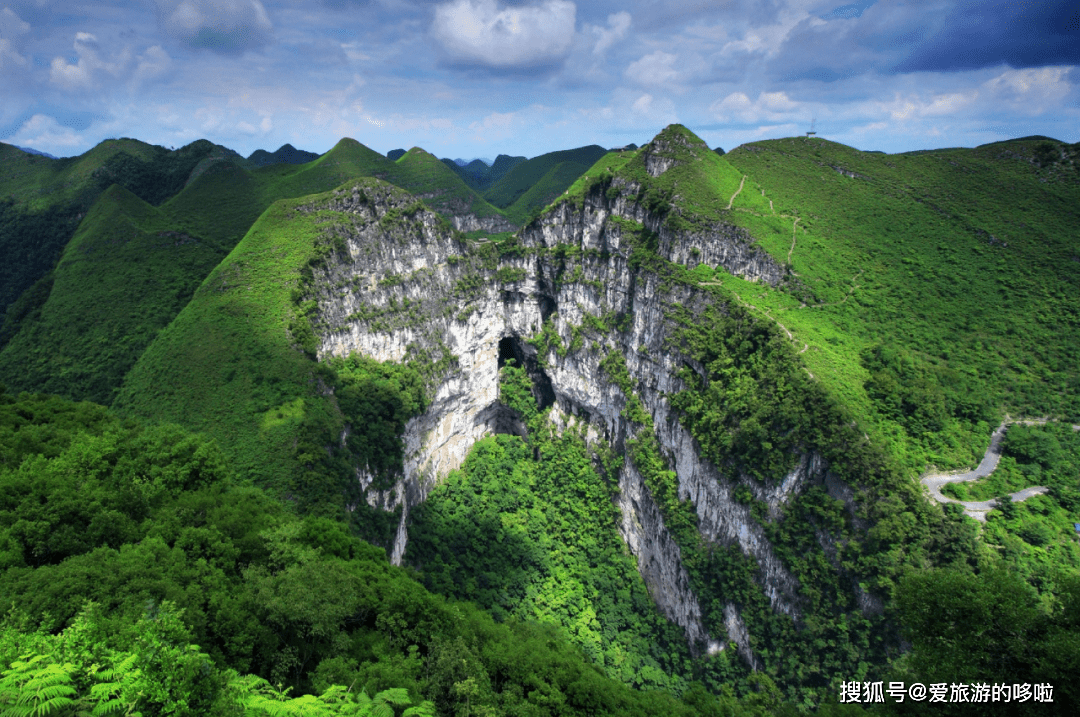
As a representative of karst landforms, when Tiankeng suddenly appears in front of you, you will be shocked by nature’s extraordinary craftsmanship. Of course, if there is only one chance to see the tiankeng, then the Dashiwei tiankeng group cannot be missed.

The protagonist Dashiwei Tiankeng is 613 meters deep, 600 meters wide from east to west, and 420 meters wide from north to south. The rare landforms make the bottom of the tiankeng a unique “submarine cloud”.

Down to the bottom of the Tiankeng, the largest underground virgin forest in the world discovered so far is here, exuding the mystery and beauty of the unknown world everywhere.
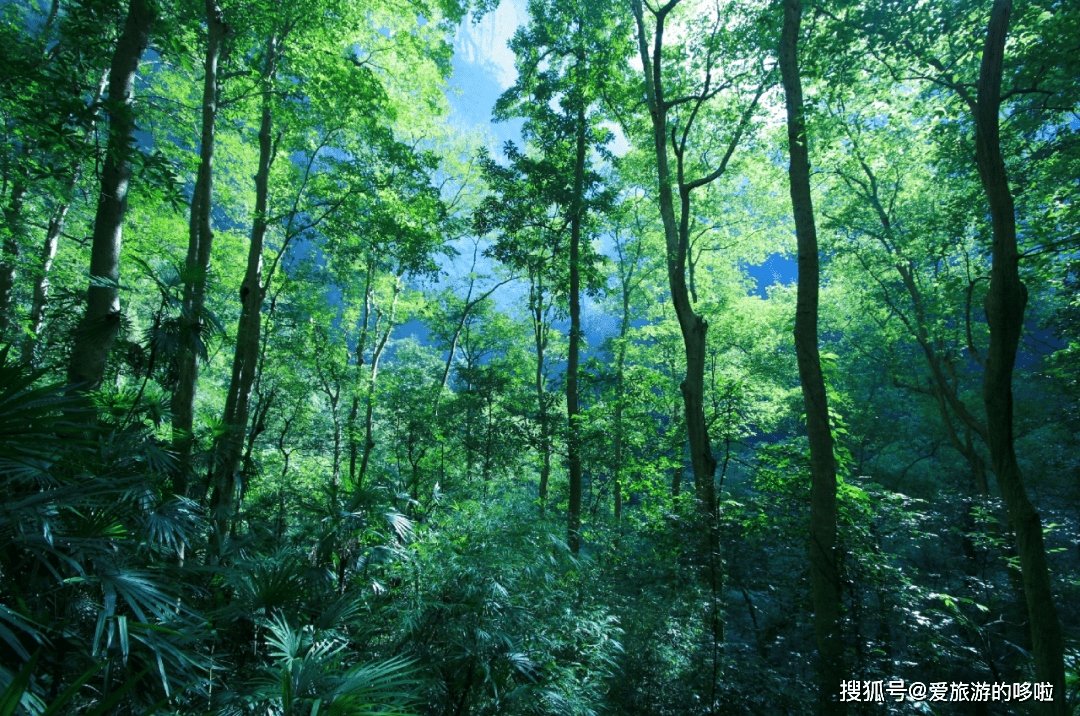
// piercing tiankeng //
Chuandong Tiankeng is also within the scope of Dashiwei Tiankeng Group, too The only tiankeng in Leye where you can enter and exit the bottom of the pit through a karst cave .

The Tongdong Tiankeng is polygonal and is surrounded by 6 mountain peaks. It is the Tiankeng with the most peaks in the Dashiwei Tiankeng Group. On the southwest side, there is a karst cave that directly leads to the bottom of the pit-Chuandong, hence the name of the Tiankeng.

At the top of the hall-like cave at the southwest end of the pit, there is a small skylight, like a crescent inlaid on the ceiling of the cave. A beam of light shoots down from a height of 108 meters, reflecting the wideness and emptiness of the cave hall.
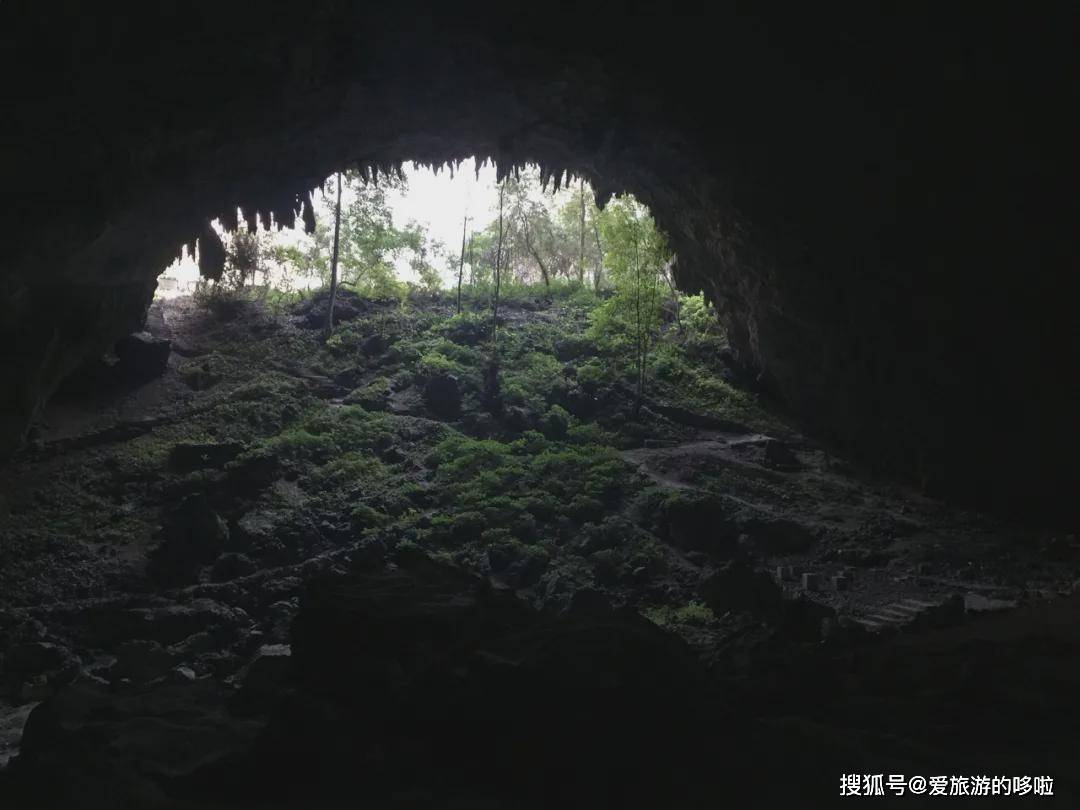
// Luomei Lotus Cave //
In the Dashiwei Tiankeng group, the Luomei Lotus Cave has been completed.

Luomei Lianhua Cave is about 970 meters long, about 10 meters at the narrowest point, about 50 meters at the widest point, about 15-20 meters high, and the bottom area of the cave is about 20,000 square meters.

It is not so famous even in Guangxi, but there are 296 “lotus basins” in the cave, which is the largest group of lotus basins in the world. The “king of lotus basins” in the cave is about 9 meters long, which is worthy of being called. best in the world.
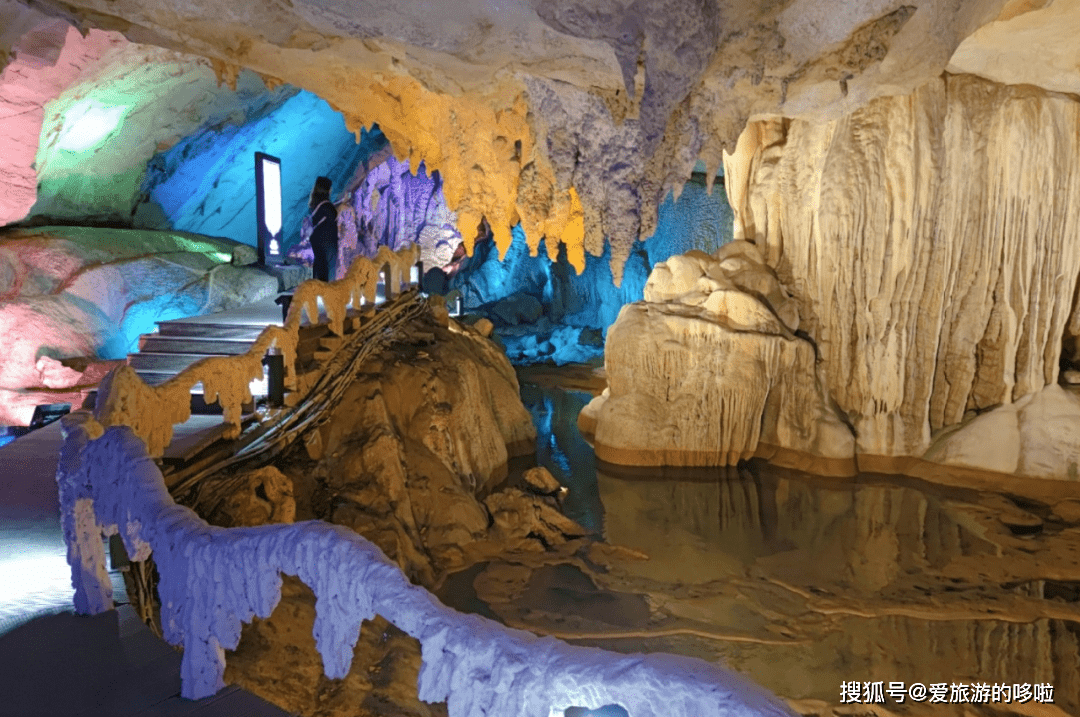
// Huomai Village//
Huomai Village is a small village built halfway up a mountain. There are only 34 families in the village, but it has become a symbol of Leye’s outdoor paradise.
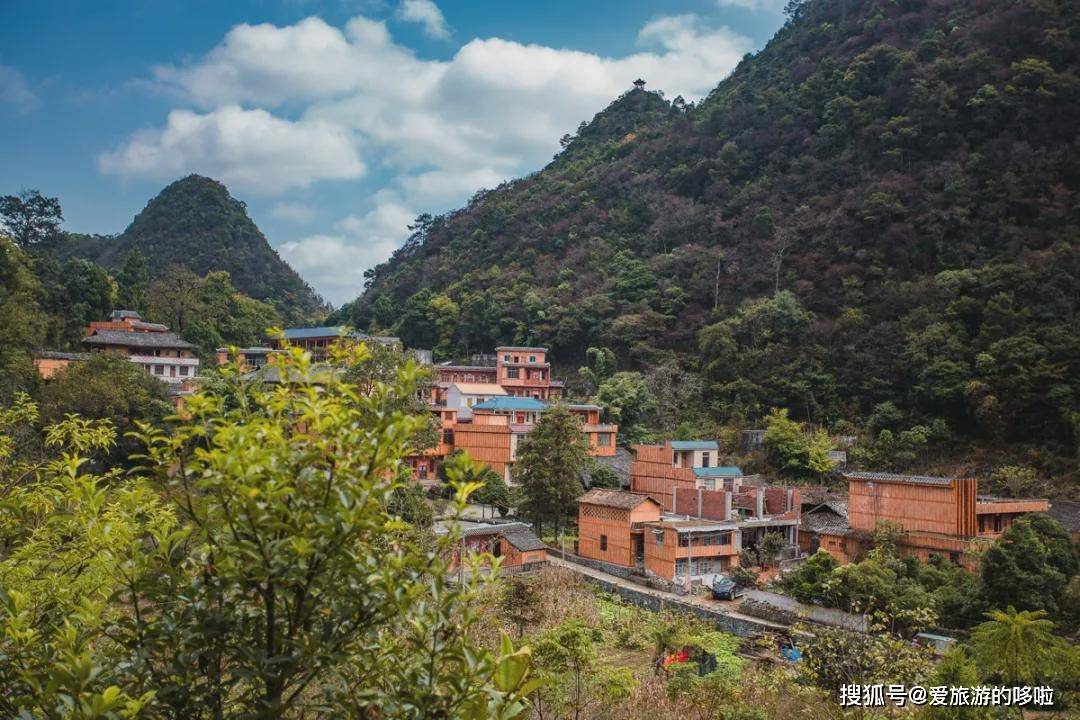
Thanks to “One Mountain and Two Tiankengs”, the nearby Huomai Village Fengzidang Tiankeng with Dacao Tiankeng It is a tiankeng that attracts many outdoor enthusiasts to visit. The sight of “one hole and three tiankeng” is very rare.
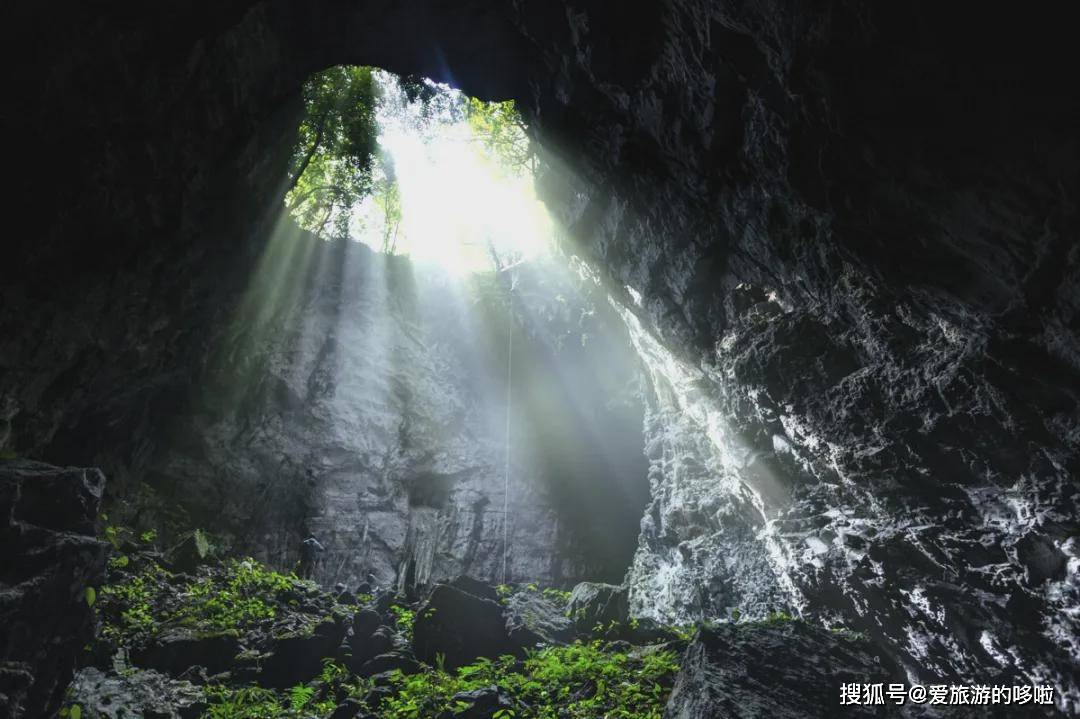
The Red Rose Hall at the bottom of Dacao Tiankeng is the world’s second largest underground cave hall in China.

Inside Fengzidang Tiankeng
Here, you can find a professional outdoor guide to lead a team into the bottom of the tiankeng for a deep cavern, established for more than 20 years “Flying Cat Expedition” It is the most well-known outdoor team in the local area.
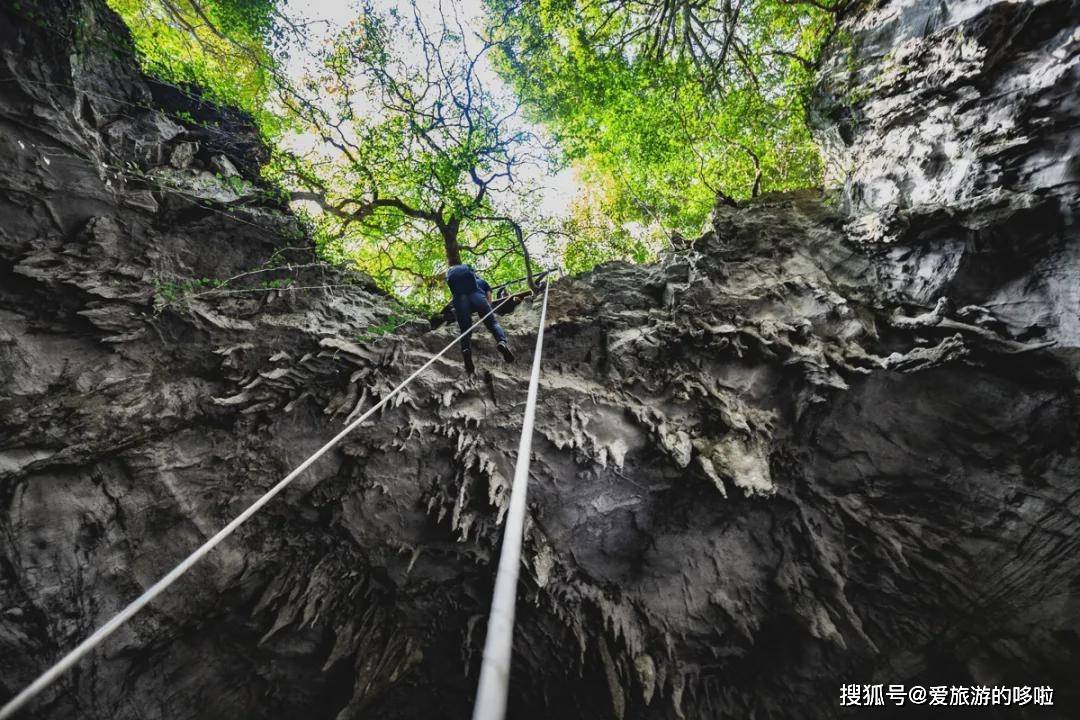
Hechi
Among the “Big Three Karst” in Guangxi, Hechi must also be indispensable.The development of karst landscapes here may need to be further developed, but “Dong Ba Feng” area with Dahua, Tian’e, Nandan The landscapes of other places are still the top in the world.

// Hechi Small Three Gorges //
It is also the “Xiaoxiaozhupai River Middle Reaches”, but there are only a handful of tourists encountered in the Small Three Gorges of Hechi, and they even have the opportunity to enjoy the valley scenery exclusively.

Take a boat through the valley formed by the karst landforms, and the tour time is about one and a half hours.
On both sides of the strait, there are green mountains and green waters, and three “canyons” landscapes, stalactite landscapes, and Zhuang villages can be seen during the sailing. The villages are built in the “alley” along the river, and the three-five fishing boats are parked on the shore, like a paradise.

// Sanmenhai //
Sanmenhai is located in Feng, the “Dongba Feng”, which is Fengshan County.
It is recognized by the World Cavern Association as the only scenic spot for aquatic tiankengs in the world. There are seven karst skylights developed here, and a bright lake and a dark lake with an area of several square kilometers formed by the outlet section of the Poxin Underground River are strung together. .

At present, there are three skylights open and available for visitors to visit. There are natural passages for entering by boat. The boat slowly advances. After entering the cave, you can see a large number of biological caves and vertical clusters of stalactites, which can be harvested in the mountains. There is a mysterious experience of “the sea, the sea has a door”.
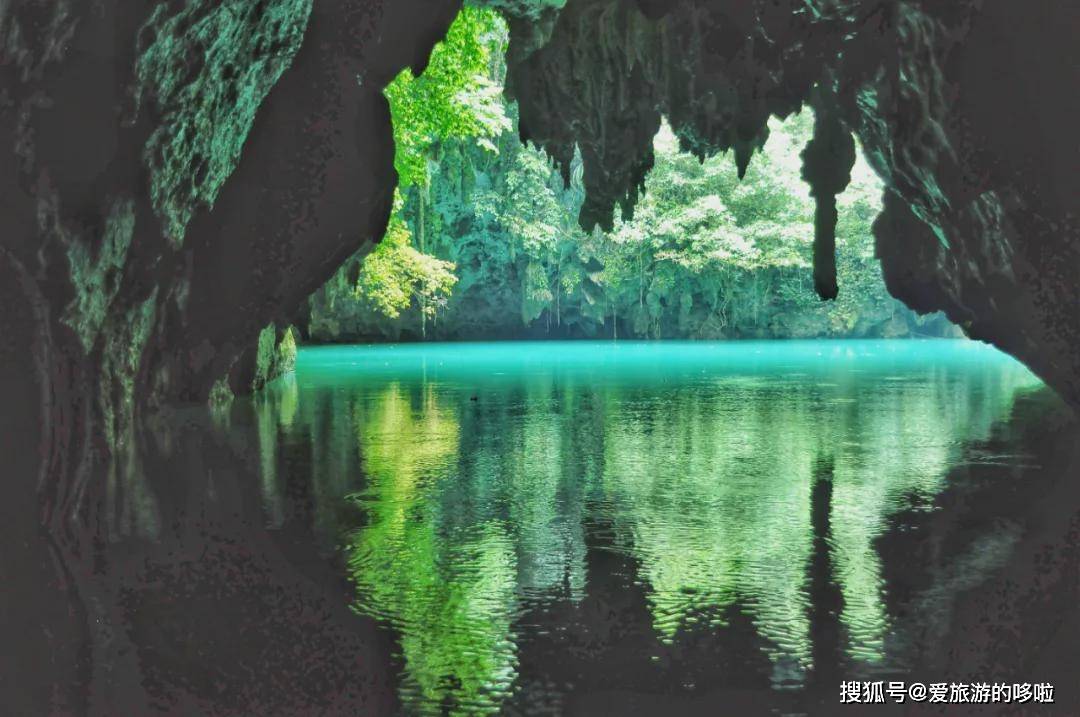
// Aviary Rock //
Similar to Sanmenhai, Bainiaoyan is also a cave that can only be explored by boat.

In the cave, there are countless cross-channels, dense like a honeycomb, without knowing where to go. The whole cave is like a gorgeously decorated and unpredictable underwater dragon palace.

Because the peculiar sight resembles Guilin Reed Flute Rock, and because it is not possible to visit by boat, it is also called “Water Reed Flute Rock”.
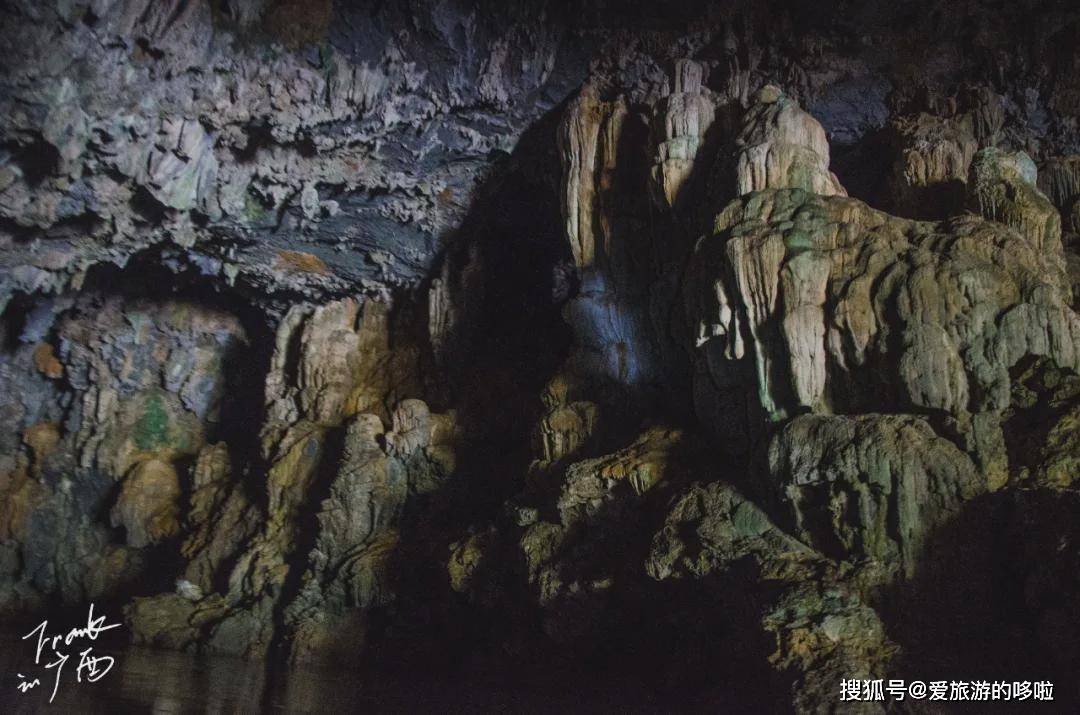
// Crystal Palace //
Even after seeing many caves, many people will still be amazed by the Bama Crystal Palace. The edelweiss hairs and curling crystal needles in the caves have merged into the world’s only crystal flower kingdom caused by non-gravity water, which makes people feel crystal clear, hence the name.

There is no more special way to appreciate the Crystal Palace, but the unique thing is that the strangely shaped lava is very close to the tourists.

Whether it’s the fresh, transparent mushroom-like crystals growing on the ground, or the white, tender, slender, curled crystal balls, crystal flowers, and crystal grasses hanging in the air, or the white and flawless crystal grass that grows wildly between the sky and the earth. Yuzhu and Yusun can all have a good time seeing clearly.

// Panyang River //
Panyang River flows through Fengshan, Bama, Dahua, Sanmenhai, Bainiaoyan, and the scenery is actually closely related to Panyang River.
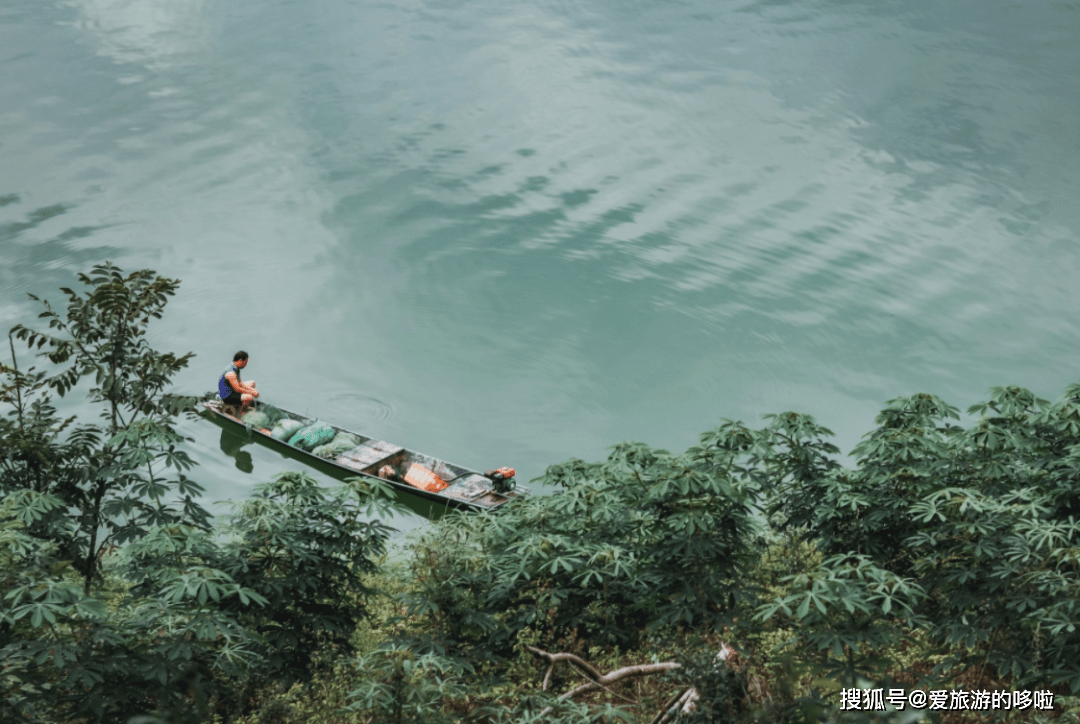
The existence of this river connects Baimo Cave, Bainiao Rock, Shifu Lake and many other landscapes. In fact, even if it is just on the riverside, this classic karst pastoral landscape is beautiful enough.
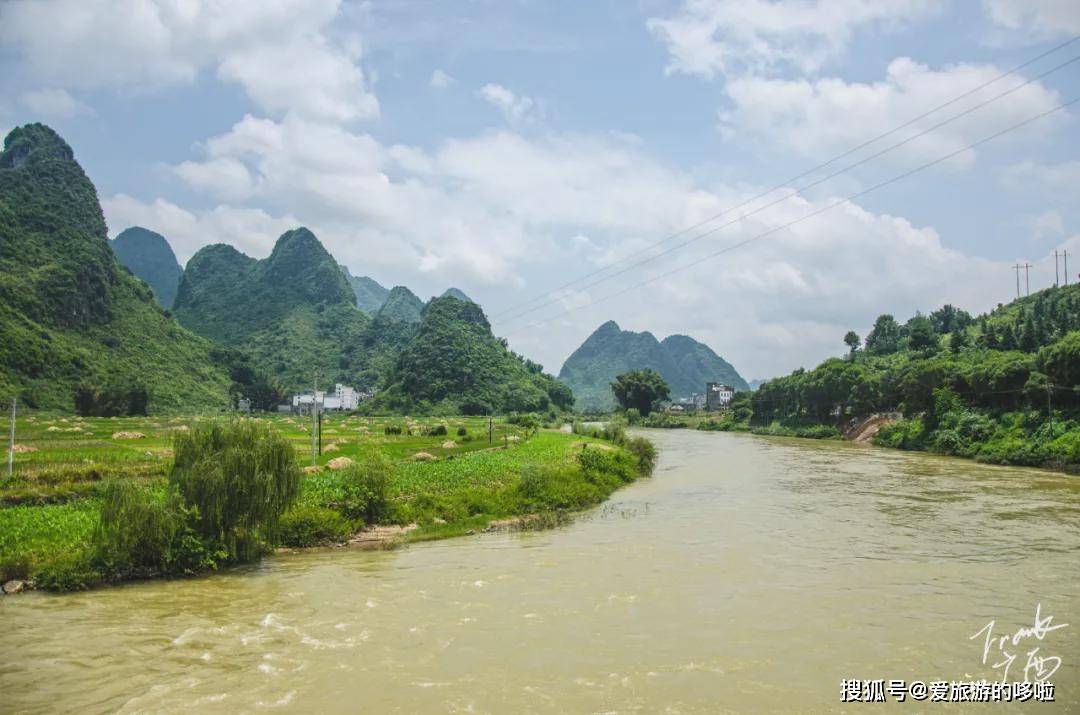
// Baping Terraces //
In Hechi, there is such a hidden terrace. 30 kilometers north of Nandan County, in Baping Village, this terraced field with an area of about 10,000 mu has its own uniqueness.
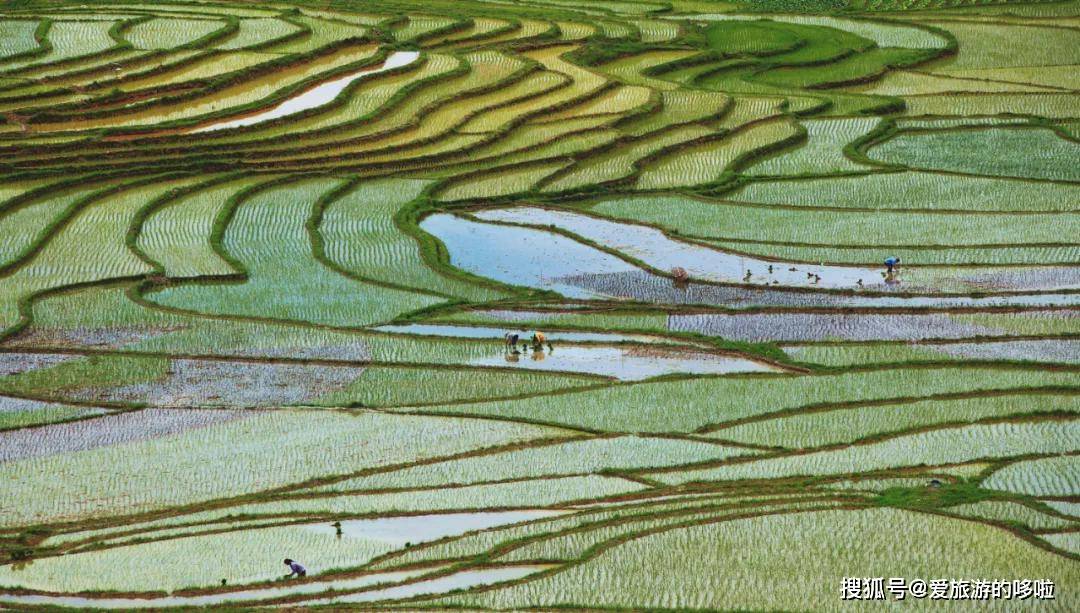
Baping terraces belong to low altitude and low drop terraces, with gentle gradients, soft lines of stalks, and layers of terraces, seeming to come from rows of waves, and then solidify in an instant to become today’s terraces.
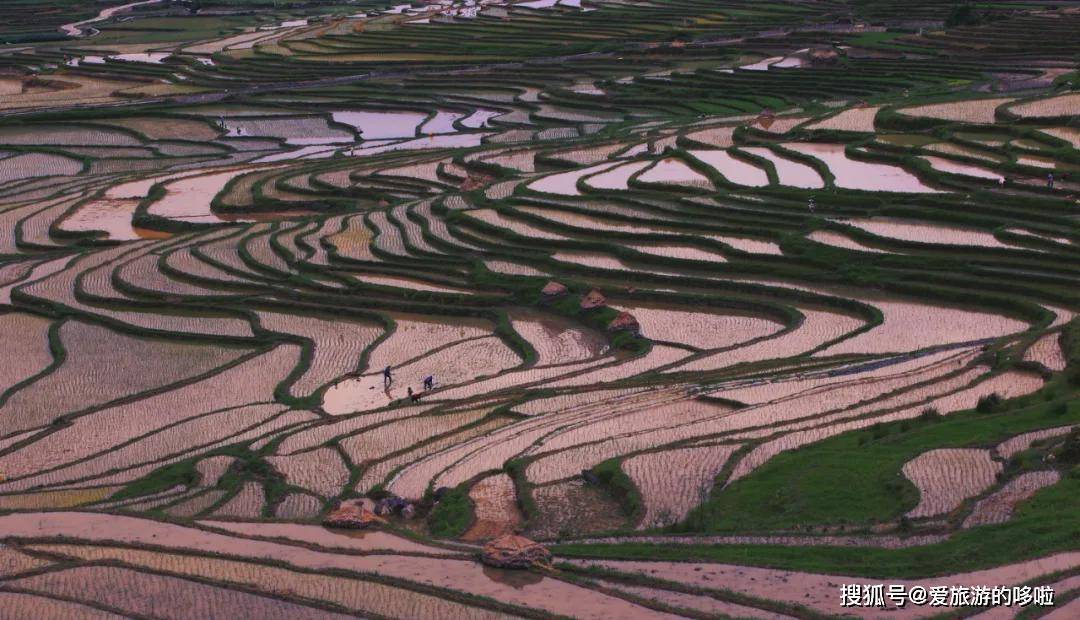
The rape blossoms in early spring in March, the mirror field after irrigation in late spring and April, the jade field after seedling planting in early summer and late May, and the golden rice waves in early autumn and late August are all worth seeing in this terraced field~
Chongzuo
The last member of the “Karst Big Three” is undoubtedly Chongzuo. Thanks to the presence of film and television scenes and Detian Waterfall, Chongzuo has become increasingly popular, and starting from Nanning by self-driving, Chongzuo also has considerable transportation advantages.

// Detian Transnational Waterfall //
Even if you have seen so many waterfalls in Jingxi, the appearance of Detian Waterfall will still make people’s eyes shine. This Asia’s largest transnational waterfall is located on the border of China and Vietnam, and is connected to the Banyo Waterfall in Vietnam.
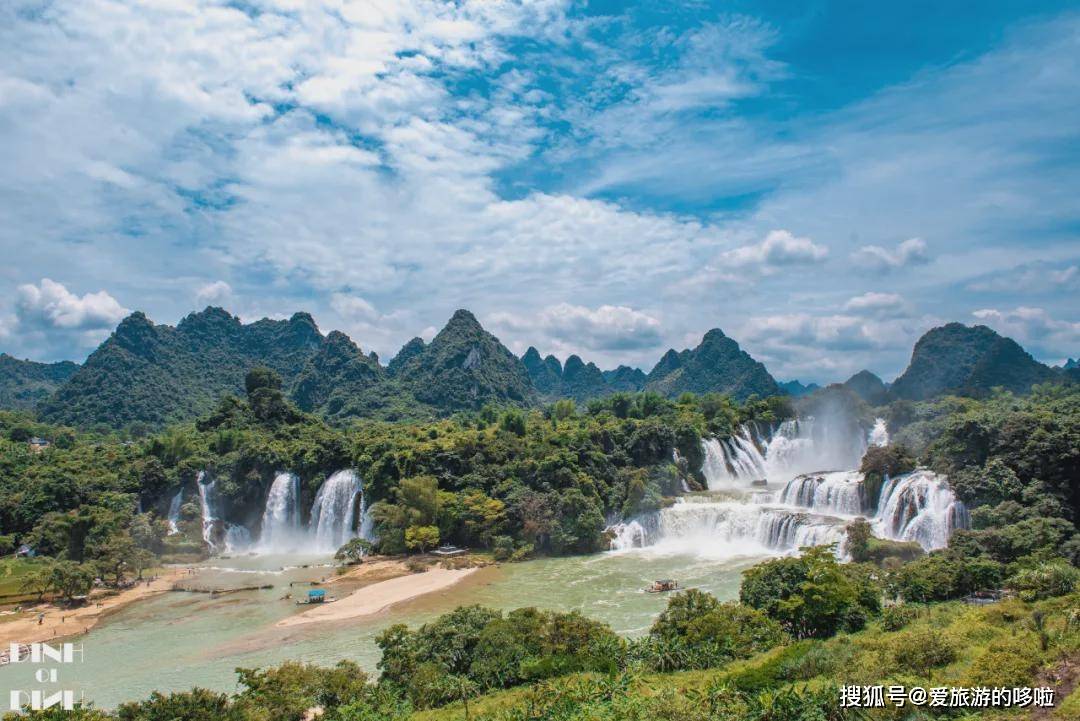
The 70-meter-high drop is buffered by the twists and turns of the mountain to form a three-level waterfall. The water potential is quite astonishing, and it is a “monster” level waterfall on the border.
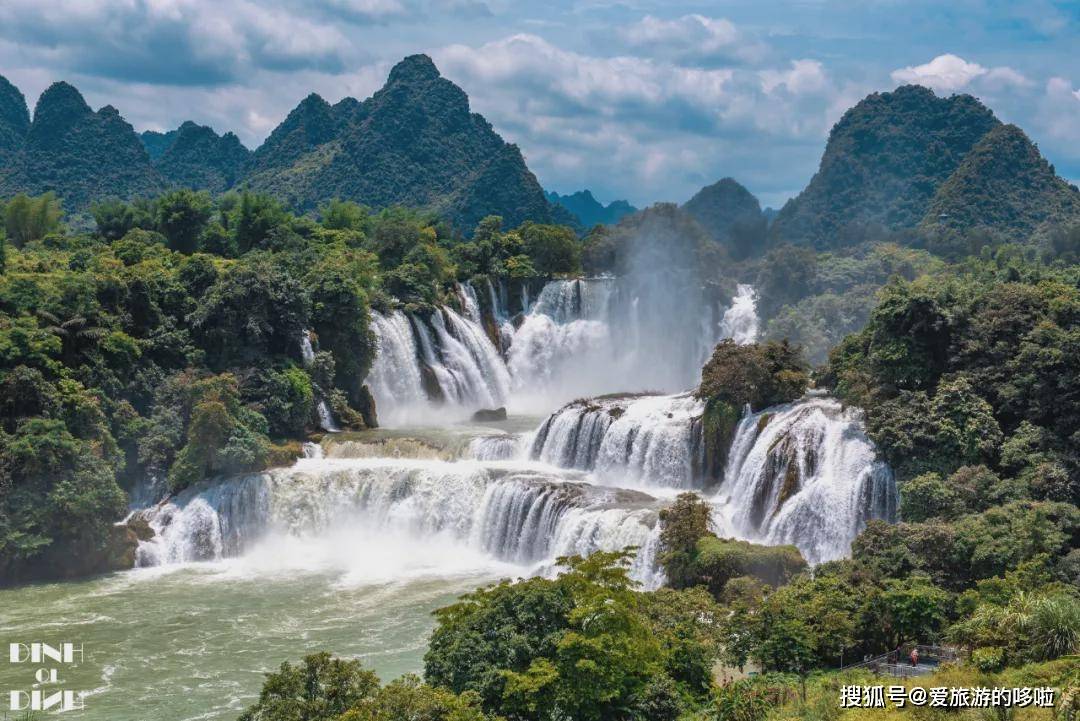
Of course, just looking at the shore is not enough fun. You can climb down the sightseeing route and take a bamboo raft to the middle of the river. It is even more exciting to see the waterfall up close. The beauty and magnificence coexist, which is the most exciting of Detian Falls. Magical place.

// Mingshi Pastoral //
In fact, before “Flower Thousand Bones” was filmed in Mingshi Pastoral, it has been filmed by countless film and television dramas, especially TVB dramas.
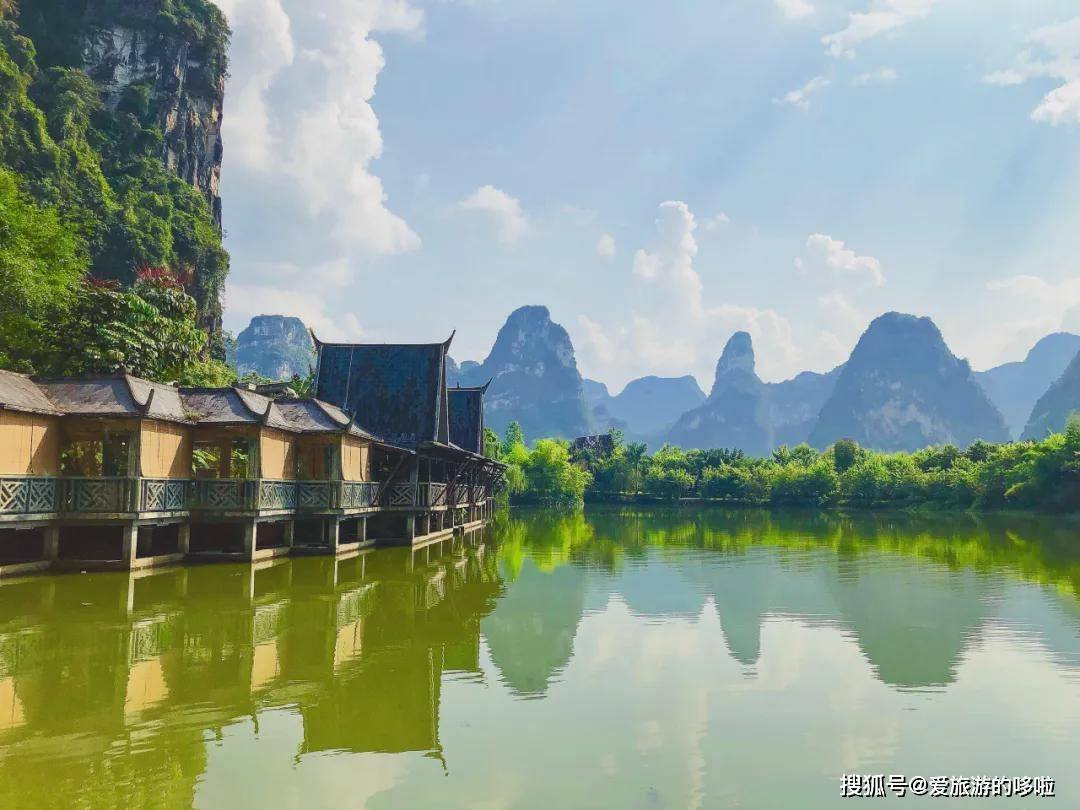
Mingshi pastoral needs to be entered by boat. It is similar to the landscape of Guilin. There are peanuts and fruits on the bamboo raft. During the 50-minute boat tour, the staff will be as interested and sing folk songs, and of course they will explain the surroundings. The peculiar names of various peaks and the customs of the Zhuang nationality.
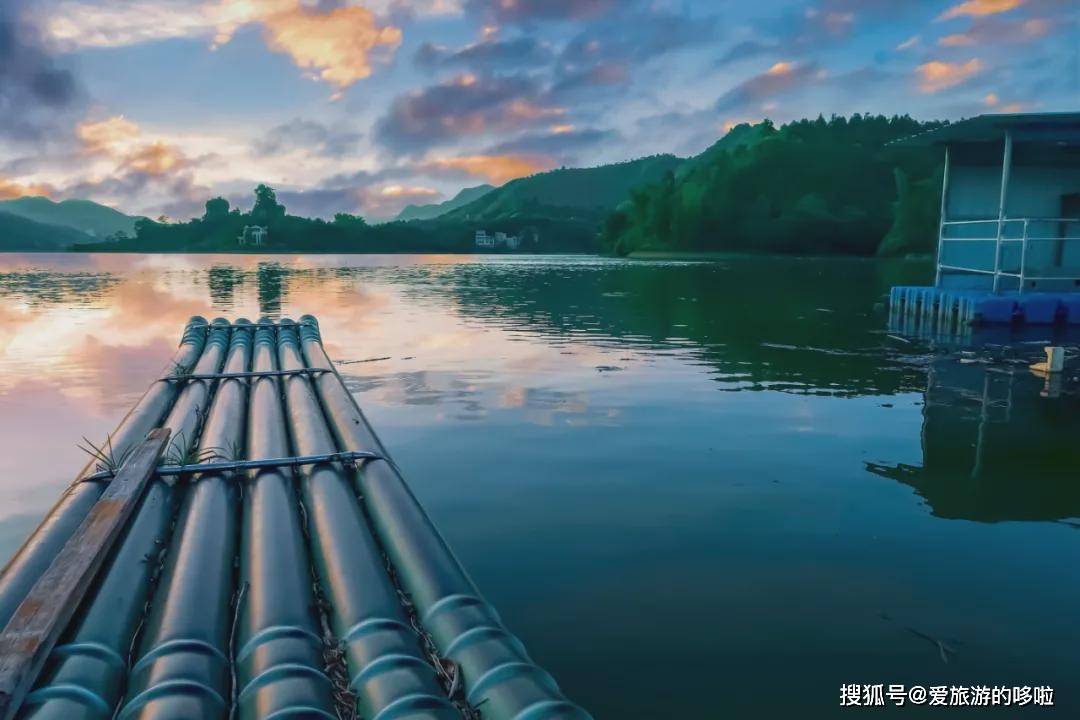
It is popular along the river, and flowers often bloom on both sides of the bank during the four seasons. When the kapok blooms, both sides are full of fiery red kapok, which is also a unique painting.
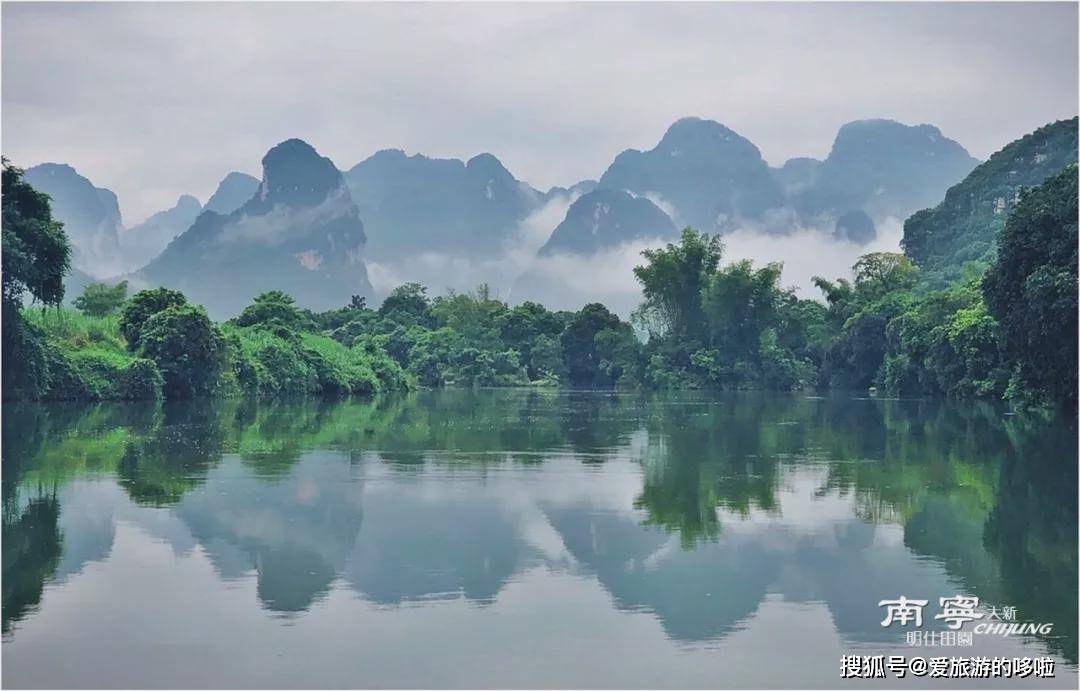
// Longzhou Zuojiang //
Zuojiang has the reputation of “the Lijiang River in the north and Zuojiang River in the south” since ancient times. After visiting Zuojiang, the great traveler Xu Xiake personally certified that “Yangshuo mountains are near the river, and there is no rock on this shore. Without the wonder of the stone, Yangshuo’s painting of the mountains is inferior.”
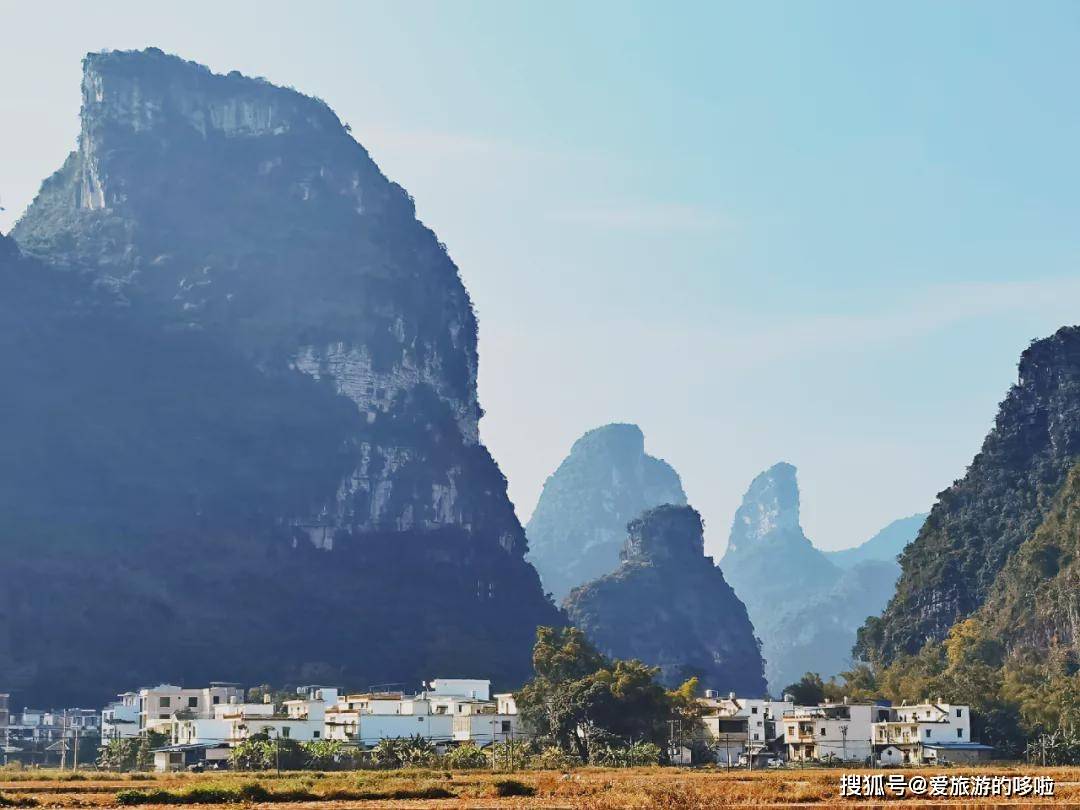
The entire Zuojiang Scenic Area is very large, and you can choose a certain area to visit. If time is limited, the round trip from Shangjin Tourist Wharf to the Baojianfeng River in Xiangshui is exactly 2 hours, mainly focusing on karst topography and river reflections. The scenery is worth a visit.
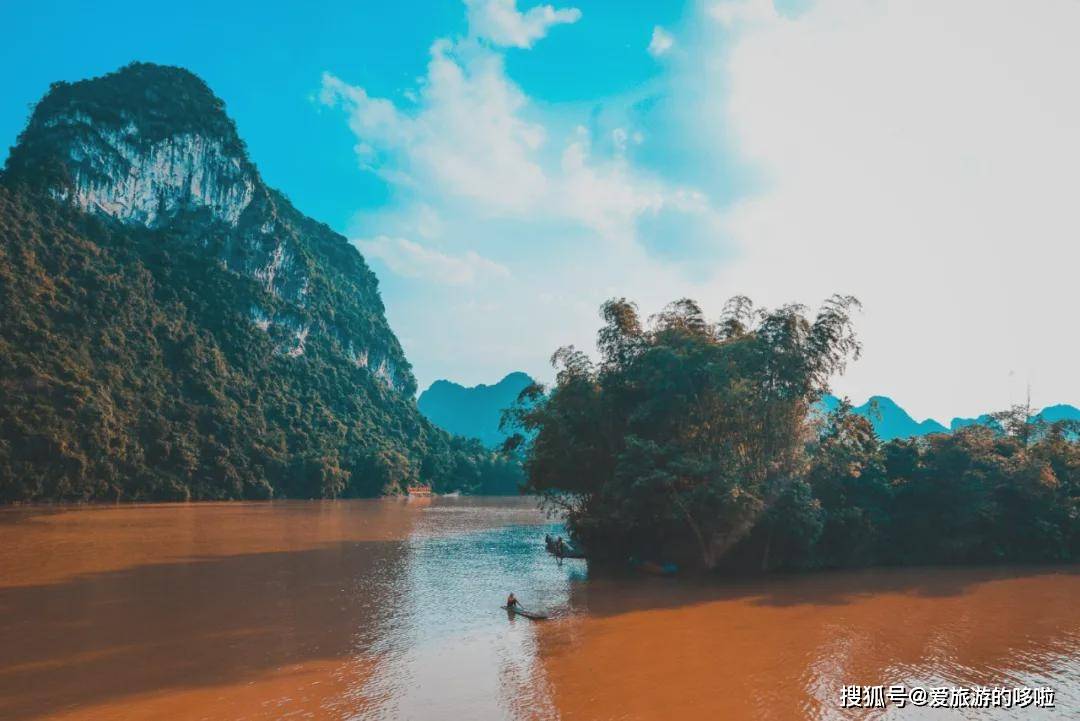
There is also a Zuojiang Leaning Tower, also known as Guilong Tower, in the Zuojiang River Basin, located 2 kilometers north of Chongzuo City. This Leaning Tower was originally built in the Ming Dynasty and has been rebuilt several times.
The special feature is that it is carefully designed by the tower builders in consideration of factors such as Jiangxin wind and foundation when building the tower, and it is artificially built.

// White-headed Langur Sanctuary //
The karst landscape in Chongzuo is still the home of a group of “Stone Mountain Elves”. The Chongzuo White-headed Langur National Nature Reserve is one of the main distribution areas of the former White-headed Langur.
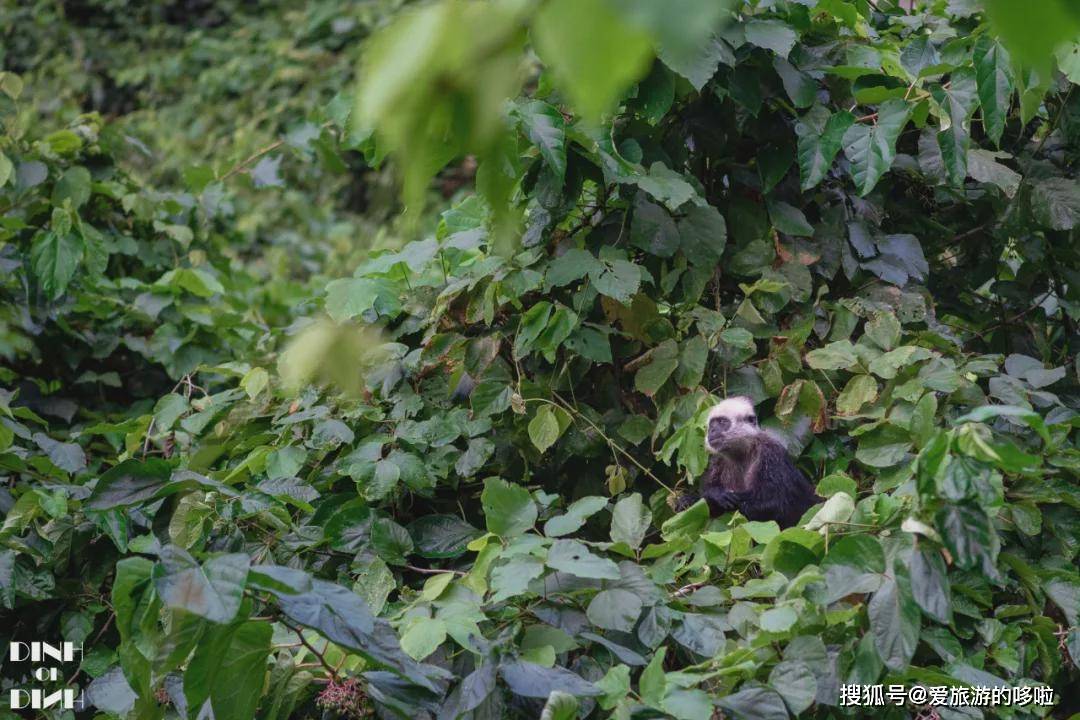
The white-headed langurs live in semi-rock and semi-arboreal, light body, slender limbs, and elegant behavior. The karst mountains also provide them with an important habitat.
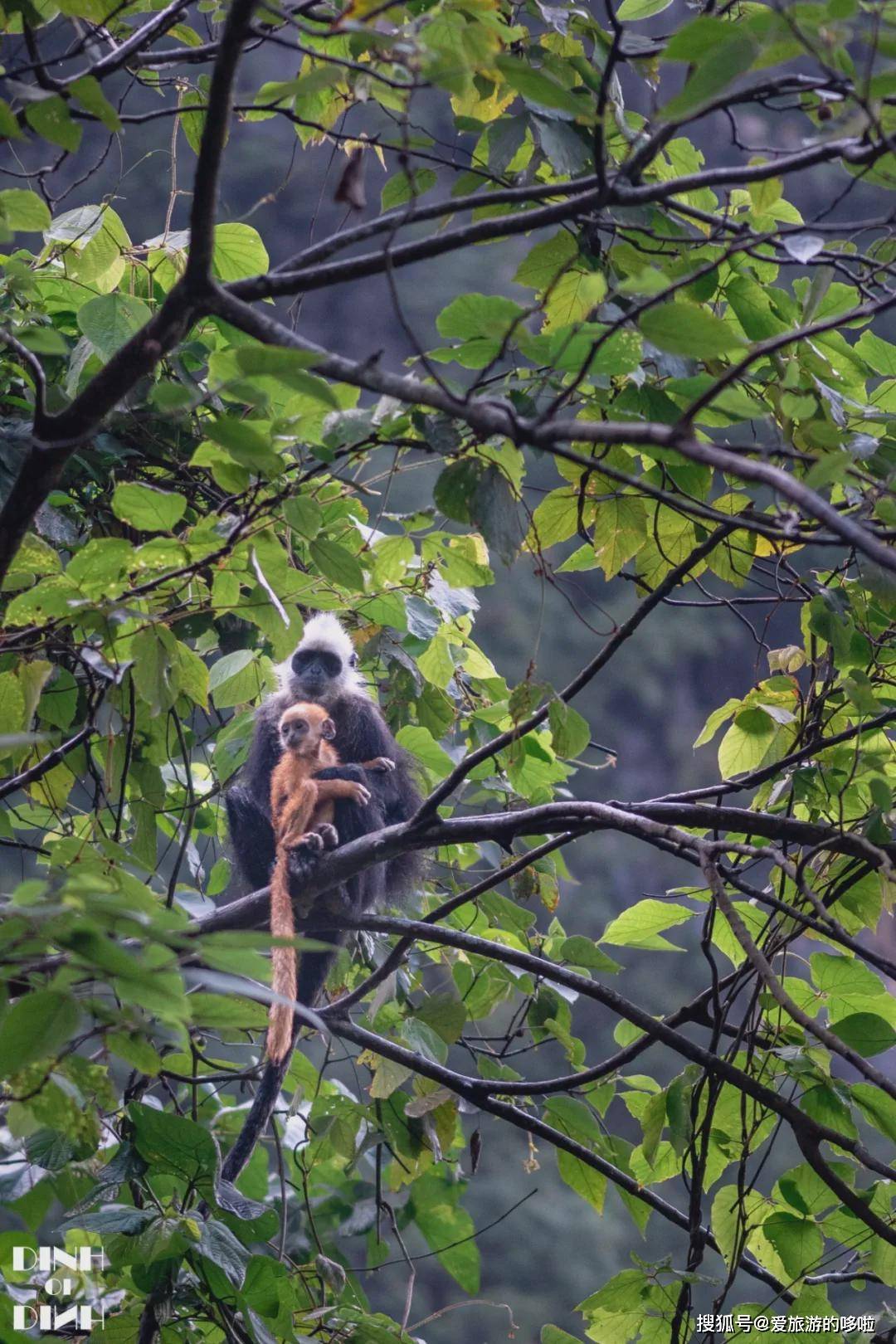
The reserve is open for free. The white-headed langurs go down the mountain every day to find food. The probability of seeing them is greater in the morning and after 4 pm. If you also plan to observe this wild elves, remember to bring your telescope and telephoto lens.

Your knowledge of Guangxi’s landscape,
Has it been refreshed again?
-end-



























































You must log in to post a comment.